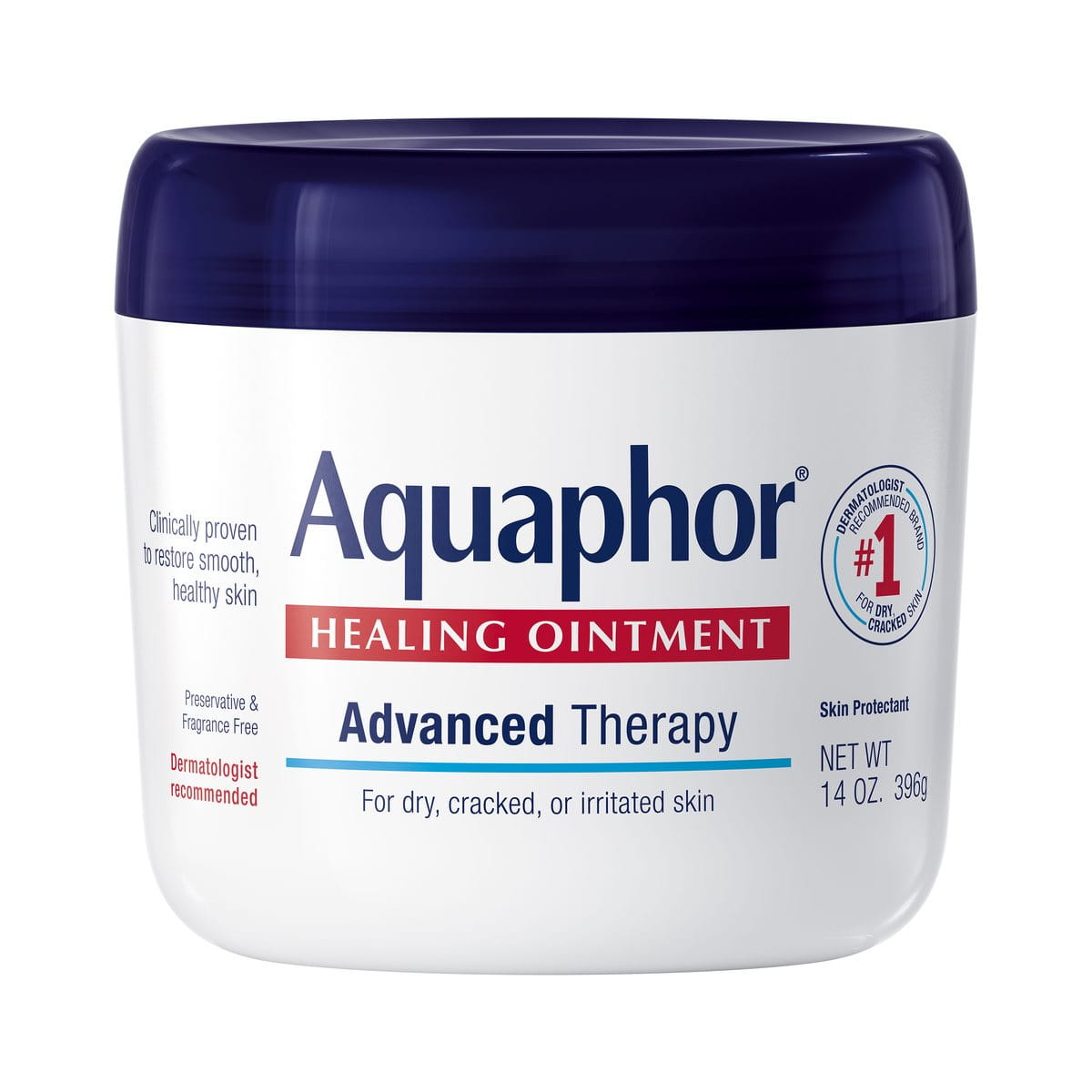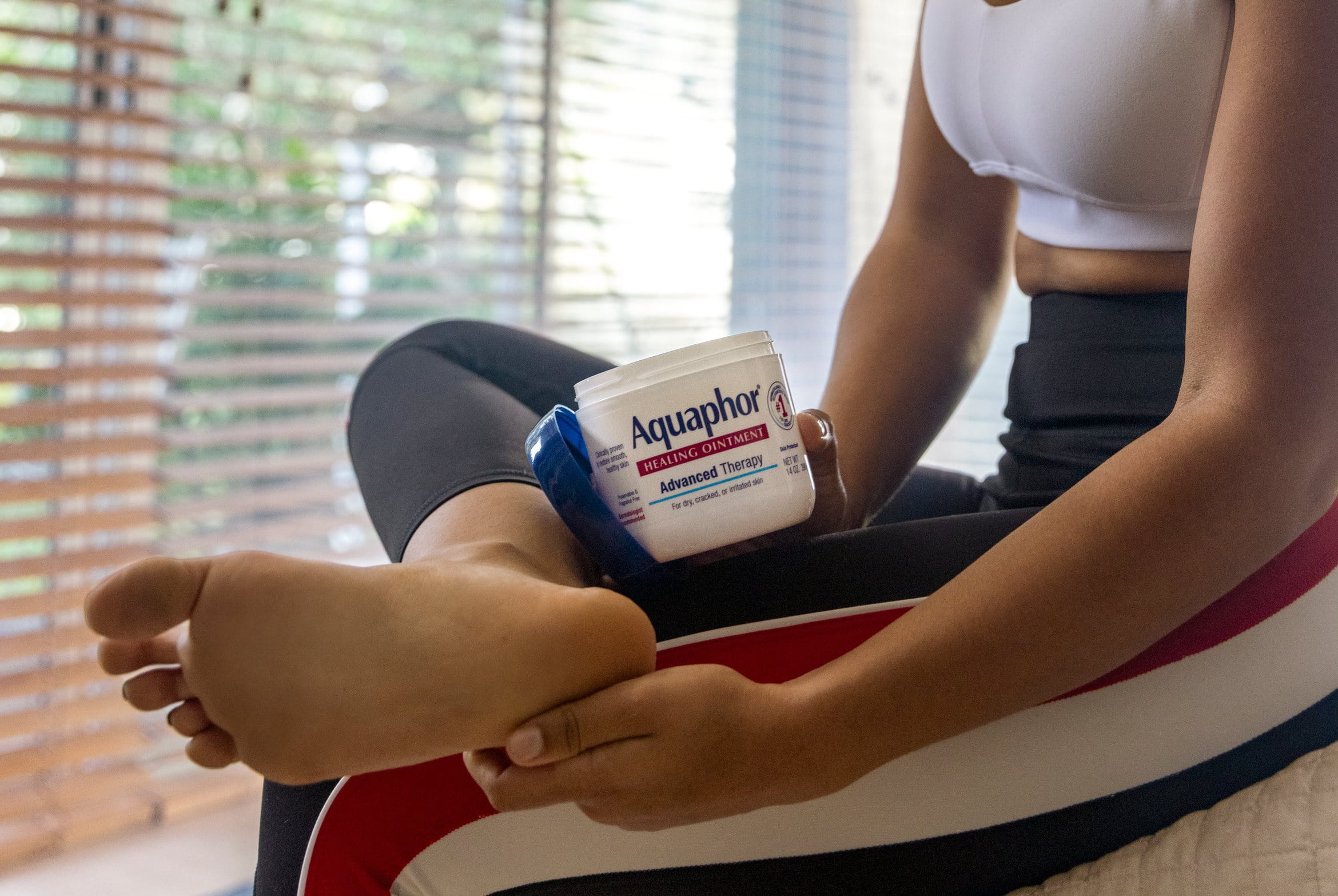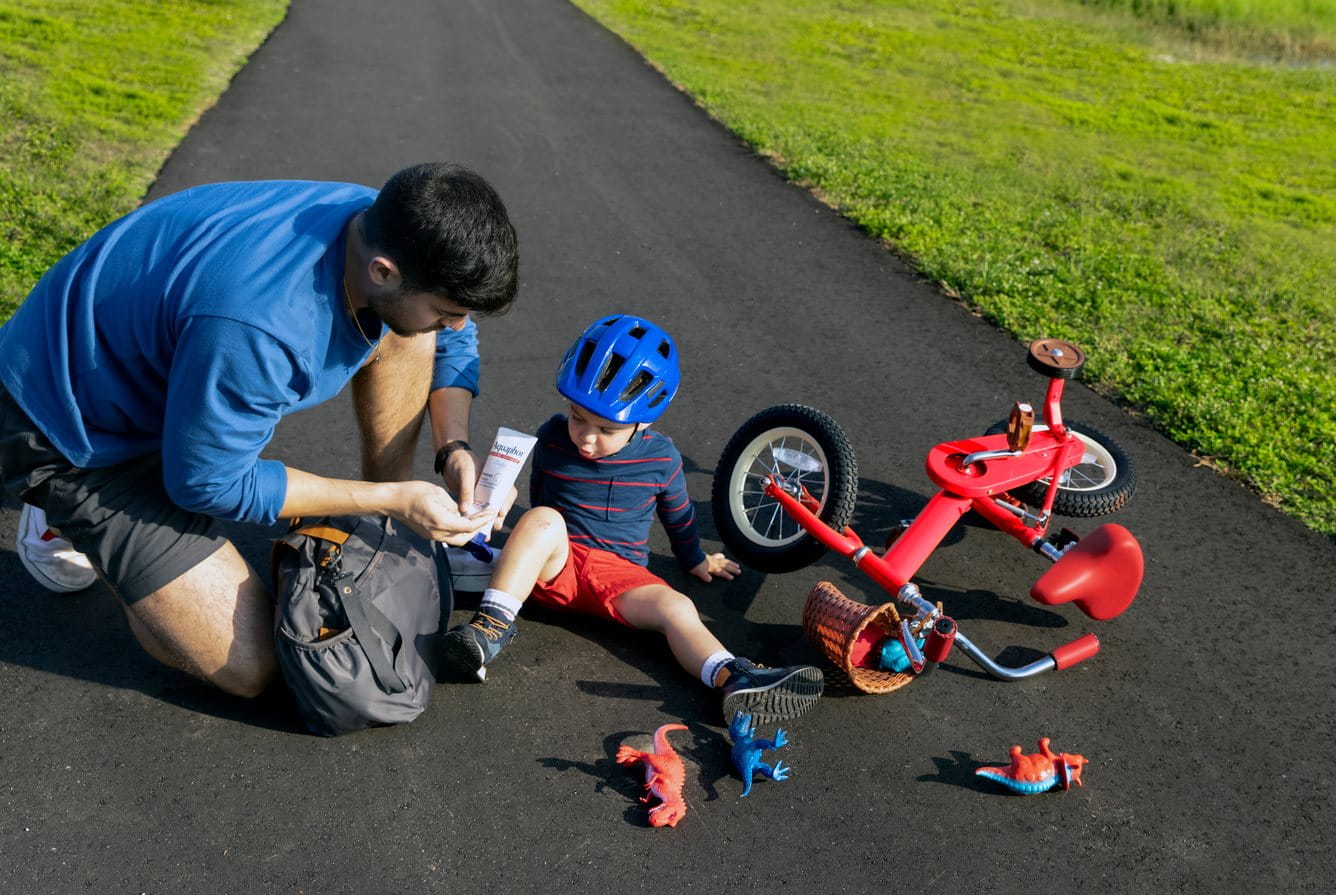The skin is the body’s largest organ, playing a vital role in regulating body temperature and acting as a barrier protecting the body from infection. However, skin on certain parts of the body is prone to becoming dry and cracked, compromising the skin’s essential functions. Thankfully, a good skincare routine using products formulated specifically for dry, cracked skin can help to restore moisture in the skin and protect skin to provide an optimal healing environment for cracked skin.
Signs & symptoms of cracked skin
Cracked skin results from dryness, but often the first signs of dryness do not cause much discomfort, so initial symptoms may go ignored. Unfortunately, ignoring earlier symptoms of dry skin can make it easy to progress to a very dry state where cracking can occur and where it’s harder to restore moisture to skin. Here are some progressive symptoms to watch for when skin is dry and may eventually become cracked:
- Dry skin feels tight and may appear slightly to moderately rough.
- As skin becomes more dry, it can become very tight, very rough, itchy, or flaky.
- Excessive dryness around the body can cause the skin to shrink and become brittle, eventually leading to the skin cracking, especially in areas that need to flex during movement, such as the soles of the feet during walking.
Symptoms of dry and cracked body skin include:
- Extreme tightness
- Extreme roughness
- Skin cracks
- itchiness
Areas commonly affected by cracked skin
Skin in certain areas of the body are more likely to become very dry and cracked, particularly where skin needs to stretch during movement, including:
Cracked hands and knuckles
Frequent hand washing is a main cause of dry, cracked hands and knuckles. Cracked skin on the hands commonly occurs on the fingertips near the nails and around the knuckles because the skin is tight and can easily break when stretched.
Chapped and Cracked lips
Unlike other parts of the body, lips don’t have sweat or oil (sebaceous) glands. This means they don’t produce their own natural layer of oils and moisture to help protect them from the elements. This leaves lips prone to becoming chapped and cracking.
Cracked skin on the feet
Dry and cracked skin on the feet, especially around the heel area, often develops resulting in roughness which can be uncomfortable, and in severe cases, can result in cracked skin. The skin on the heels needs to be thicker to endure the pressure and movement stress of walking and running, and this thickened skin can become hardened and dry.
As with lips, the soles of the feet also do not have oil glands. This, combined with the stress of bearing weight, and things like friction from ill-fitting shoes or prolonged contact with moisture when sweating in shoes and socks, creates a prime environment for skin to become dry, chafed, and to crack.
What causes dry, cracked skin?
The causes of rough and cracked dry skin vary from external factors, like inadequate skincare and environmental stressors, to internal factors like genetics and certain health conditions.
External factors that can cause cracked skin
External factors that contribute to cracked skin involve any environmental or external stressor that can contribute to drying the skin and stripping the skin of its moisture. These can include:
Environmental
- Harsh weather conditions - hot, cold and dry air can disrupt the skin's moisture barrier.
- Seasonal changes - symptoms of dry skin often worsen during either the winter or summer, when temperatures and moisture levels in the air are more extreme.
- Ultraviolet (UV) exposure from the sun can damage the skin and cause it to gradually lose moisture s, causing dryness.
- Working in conditions requiring frequent hand washing or exposing the skin to harsh chemicals can strip moisture from the skin.
Skincare
- Frequent washing, excessive scrubbing, or long, hot baths or showers can dry the skin.
- Using harsh soaps and shampoos can strip skin of its natural moisture.
- Failing to moisturize skin can leave skin vulnerable to dryness.
Attention
Dry and cracked skin can be caused by other external factors more medical in nature, such as side effects from diuretics or other medications. Always check with a medical professional if you are concerned a medication may contribute to dry skin.
Internal factors that can cause cracked skin
Genetic influences
The skin's moisture balance is also influenced by genetics. Some people have more naturally oily or dry skin than others.
Age
With age, the skin produces less sebum, the natural oil that keeps skin soft. Skin becomes thinner and loses water more easily, making it easy to become very dry and cracked.
Diet
Like any other organ, the skin requires a range of important nutrients in order to function properly. Keeping the body nourished and hydrated helps to support keeping the skin hydrated.
How to care for dry, cracked skin
Once skin has become cracked from dryness, it’s important to try and prevent further exposure to the cause of dryness while simultaneously creating a supportive environment for skin to replenish moisture.
Cleansing cracked skin
When skin is cracked, cleansing the skin improperly can further strip skin of its moisture and make matters worse. Follow these tips to gently clean dry, cracked skin:
- Use a mild, gentle cleanser
- Avoid taking long, hot showers or baths
- For cracked skin on thick skin areas like the heels and feet, soften skin by soaking in lukewarm water for up to 20 minutes, and then gently exfoliate with a pumice stone, loofah, or scrubber to help remove calloused skin.
- After cleansing, gently pat skin dry with a soft towel. Do not scrub or rub.
- Immediately apply a generous layer Aquaphor® Healing Ointment to help soothe and protect the skin.
Other ways to care for and help prevent cracked skin
In addition to having a good cleansing and moisturizing routine, avoiding factors that contribute to dry skin is important to help keep skin moisturized and prevent cracked skin from getting worse.
- Avoid dry air by protecting skin in hot and cold weather, and by using a humidifier indoors.
- Use warm water, not hot, and reduce the time spent in the shower or bath.
- Avoid unprotected sun exposure and ensure that you take proper sun-protection measures when spending time outdoors.
- Use gloves when washing dishes to help avoid exposure to hot water and strong detergents.
- Wear clothes made of natural materials like cotton and silk that do not irritate the skin.
- Try using a laundry detergent without dyes or perfumes, as these can remain on the clothes after washing and may irritate dry skin.
- Help protect cracked skin from the elements by wearing gloves and socks in cold weather and when gardening.
- Wear proper-fitting shoes as opposed to open-toed shoes or sandals.
- Ensure that you drink adequate amounts of water.
Helping soothe cracked skin with Aquaphor®
Aquaphor Healing Ointment® is uniquely formulated to restore smooth, healthy skin. The semi-occlusive formula creates an ideal healing environment by helping to protect the skin and allowing oxygen to reach the skin, while sealing in moisture. Its protective barrier helps protect the skin from external irritants and keeps skin’s own moisture from rapidly evaporating. The moisturizing and nourishing formula helps restore the skin’s moisture barrier. These protective and moisturizing properties create an ideal environment that enhances the skin’s natural healing process. It is also free of fragrance, dyes and preservatives.
The information provided herein is not intended to be medical advice. Nor is it intended to treat the underlying skin disease or condition. The information is provided solely to:
1. Moisturize, soften and smooth dry skin
2. Improve the appearance of the skin
3. Achieve healthier-looking skin






